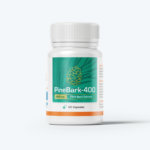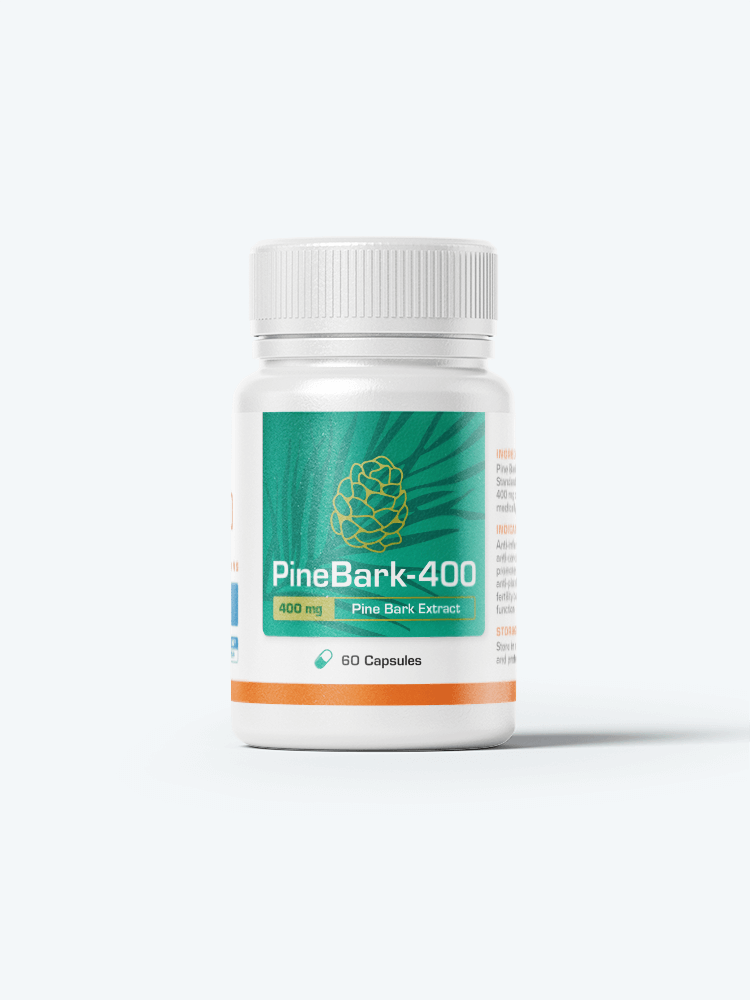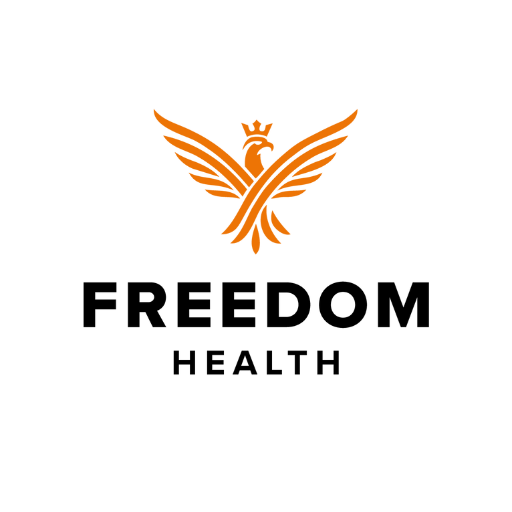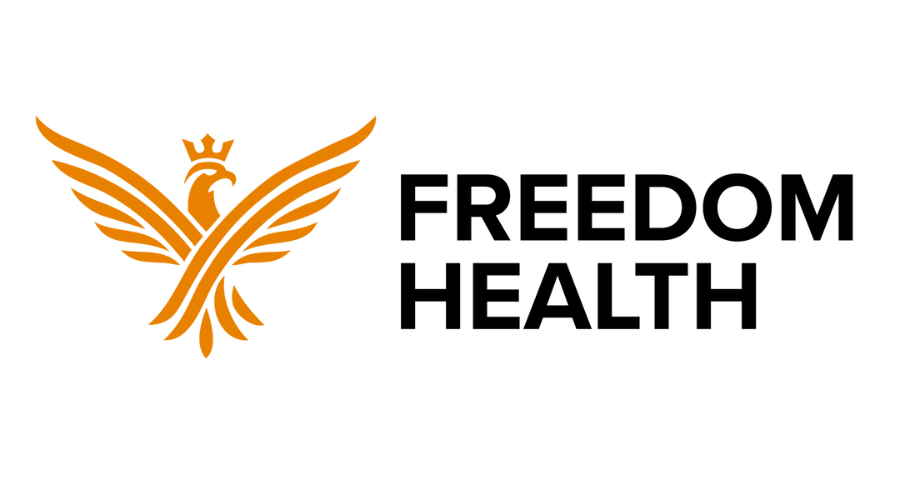-
1× $1,110.00
-
1× $50.00
-
1× $90.00
-
1× $78.00
-
1× $21.00
Subtotal: $1,349.00
Subtotal: $1,349.00


$69.00 Original price was: $69.00.$66.00Current price is: $66.00.
60 PineBark Extract Tablets
Composition – Pine Bark Extract (Pinus massoniana) 400 mg – Standardized Proanthocyanidin content >95% – 390 mg medically active extract
Indications – Anti-inflammatory, anti-oxidant, anti-cancer, immune boosting, promotes cardiovascular health, anti-platelet aggregation agent, cognition boost, fertility boost, promotes erectile function
Dosage – Take 1 capsules daily
Elevated Healing presents our Pine Bark Extract supplement, an amazingly beneficial substance which has been in use for thousands of years in Traditional Chinese Medicine, and European Natural Herbal Medicine. It is derived from the Massoniana Pine tree bark and is standardised to contain at least 95% Proanthocyanidin, a potent bioflavonoid that has multiple powerful benefits.
Elevated Healing’s PineBark-400 extract contains the medically active ingredient proanthocyanidin, a bioflavonoid, which possesses numerous beneficial properties. Pine bark extract shows potent antioxidant, anti-inflammatory, anti-cancer, immunostimulant, cardioprotective, and neuroprotective effects in preclinical studies. It also has antimicrobial activities.
1) Antioxidant Properties: Proanthocyanidins are potent antioxidants, capable of scavenging a range of free radicals and reducing oxidative stress.
2) Anti-inflammatory: Helps modulate key inflammatory pathways.
3) Immune Boosting: Promotes the activity of various immune cells such as macrophages, dendritic cells, T-cells, and B-cells.
4) Cardiovascular Protection: Contributes to heart health by improving endothelial quality and function, reduces blood pressure, and prevents platelet aggregation.
5) Neuroprotection: Protects against neurodegeneration by combating oxidative stress and neuroinflammation.
6) Anti-cancer Effects: Demonstrated anti-cancer effects showing inhibition of tumor growth, metastasis, and promotion of apoptosis of cancer cells.
7) Erectile Function: Improve endothelial function by enhancing nitric oxide (NO) production and promoting vasodilation
Pine Bark extract was re-introduced to North America in 1987. Why re-introduced? Technically its first reported use in the New World was by Jacques Cartier in 1535 where he used the substance as a successful life-saving treatment for scurvy amongst his crew.
Proanthocyanidins, derived from pine bark are among the most potent natural antioxidants. When compared to other common antioxidants, they stand out for their ability to neutralize free radicals, reduce oxidative stress, and protect cells from damage. They exhibit a broad-spectrum antioxidant effect by scavenging a variety of reactive oxygen species (ROS), including superoxide anions, hydroxyl radicals, and peroxyl radicals. Additionally, they can reduce oxidative stress in both lipophilic and hydrophilic environments.
But that is not all!
Preliminary clinical data suggests Pine Bark extract may reduce menopausal (8), dysmenorrheic (27), and osteoarthritic (9) (10) symptoms.
Pine bark extract improved oxidative stress and bone turnover markers in postmenopausal osteopenic women (39), and improved nutrition and clinical status in critically ill patients (40).
Other data suggest Pine Bark extract may improve hyperpigmentation (11), erythema (12), and symptoms of endometriosis (13) and lupus (14).
Improvements in endothelial dysfunction (2) (33) and chronic venous insufficiency (5) were also reported.
Proanthocyanidins may enhance memory in elderly participants (7), but studies in adults and children with ADHD yielded mixed results (3) (4) (42).
When used in conjunction with L-arginine, Proanthocyanidins improved erectile dysfunction symptoms (18) (29).
Preliminary data suggest Proanthocyanidins may reduce some adverse effects of radiotherapy and chemotherapy (30), but further research is needed.
Scientific Explanation of Actions
1. Antioxidant Effects
Proanthocyanidins exhibit robust antioxidant activity, effectively scavenging free radicals and reducing oxidative stress, which is linked to various chronic diseases, including cardiovascular disease and cancer.
2. Cardiovascular Health
Proanthocyanidins have significant cardiovascular benefits. They help improve endothelial function, reduce blood pressure, and inhibit platelet aggregation.
3. Anti-Inflammatory Effects
Proanthocyanidins from pine bark have shown anti-inflammatory effects by suppressing pro-inflammatory cytokines and mediators such as NF-κB and MMPs.
4. Anti-Cancer Effects
Proanthocyanidins possess significant anti-cancer properties, showing inhibition of tumor growth, metastasis, and promotion of apoptosis in cancer cells.
5. Autoimmunity
Proanthocyanidins have immunomodulatory effects that can help manage autoimmune diseases by reducing inflammation and regulating immune responses.
6. Blood Clotting
Proanthocyanidins have antithrombotic effects that reduce the risk of thrombosis by inhibiting platelet aggregation and improving endothelial function.
7. Erectile Function
Pine bark proanthocyanidins have shown positive effects on erectile function by improving endothelial function, increasing nitric oxide synthesis, and reducing oxidative stress in the penis.
Potential Benefits of Proanthocyanidins for C19 mRNA Vaxx Injuries
1. Anti-inflammatory Effects
One of the most studied effects of proanthocyanidins is their anti-inflammatory properties, which are crucial in managing vaccine-related inflammation, especially for adverse reactions like myocarditis, pericarditis, or inflammation at the injection site. Proanthocyanidins have been shown to inhibit key inflammatory mediators like TNF-α, IL-1β, and NF-κB, all of which are involved in inflammatory responses that can occur post-vaccination.
2. Antioxidant Effects
Proanthocyanidins possess powerful antioxidant activity and are known to neutralize reactive oxygen species (ROS). After vaccination, the immune system is activated, which can lead to an increase in oxidative stress, potentially contributing to adverse reactions. Proanthocyanidins can mitigate oxidative stress and protect tissues from damage due to excess ROS, which is a known factor in vaccine-related side effects like myocarditis or neurological inflammation.
3. Vascular Health and Blood Clotting
Some individuals may experience blood clotting disorders post-vaccination, especially following rare side effects such as thrombosis (as seen with the AstraZeneca vaccine). Proanthocyanidins can support vascular health by inhibiting platelet aggregation and enhancing endothelial function, potentially helping with clot-related complications post-vaccination.
4. Immune System Modulation
Proanthocyanidins are also known to have immunomodulatory effects, potentially helping to balance the immune response and reduce overreaction (e.g., autoimmune-like reactions) after vaccination. By modulating immune pathways and reducing cytokine storms, proanthocyanidins may help alleviate symptoms associated with an excessive immune response.
5. Neuroprotection
There have been concerns regarding neurological side effects from COVID-19 vaccinations, such as brain fog, headaches, or even Guillain-Barré syndrome. Proanthocyanidins, through their antioxidant and anti-inflammatory mechanisms, may provide neuroprotective effects and help mitigate some of these neurological reactions.
References:
| Dosage | 400mg |
|---|---|
| Tablets | 60 |
| Contents | Medicinal Ingredients: Non-Medicinal Ingredients: |
| Presentation | Medicinal Ingredients: |

© 2025, Freedom Health.
All rights reserved.

Subscribe to our newsletter to receive tips, and news from our experts here at Freedom Health! Don't worry, it's not a spam-filled inbox killer!
